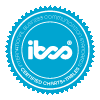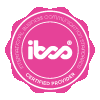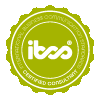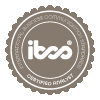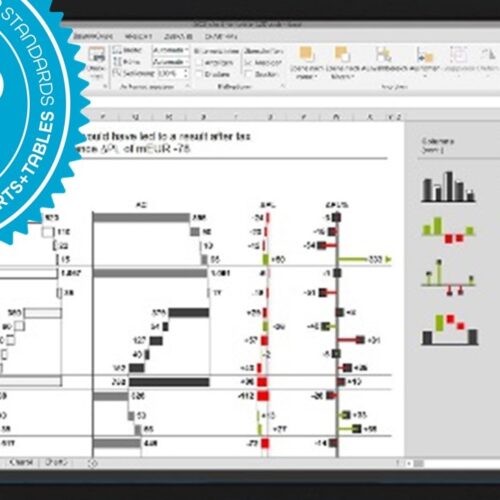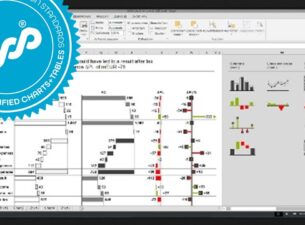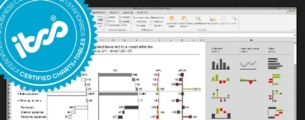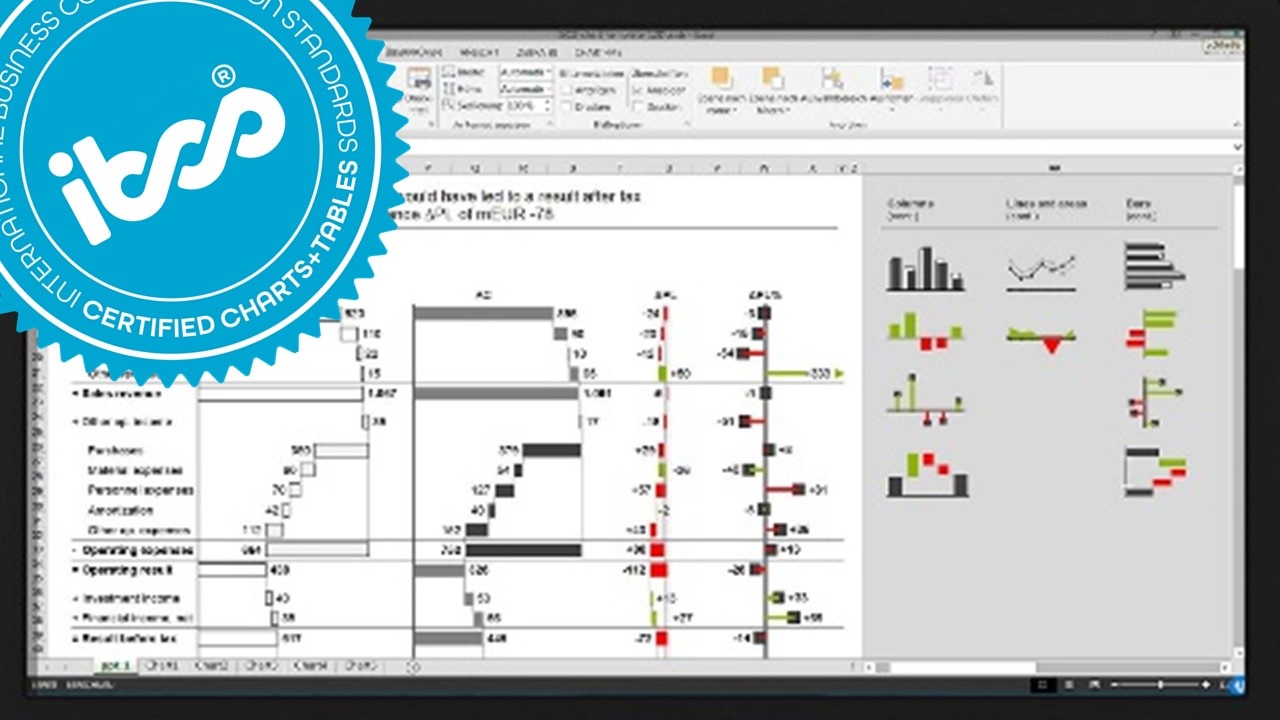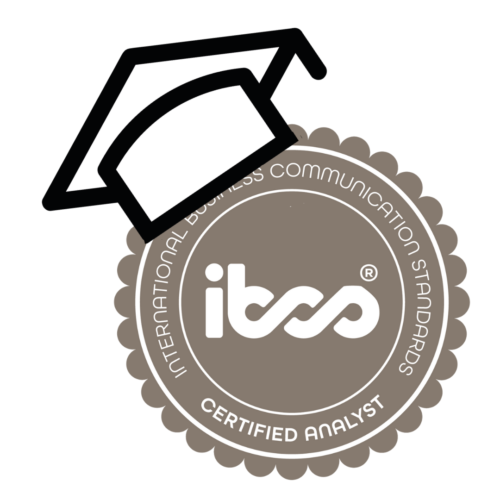
IBCS® Certified Analyst (inhouse) –
Understand and apply IBCS
(opt. using IBCS Certified Software)
What makes reports and dashboards easier and better to understand? Learn the difference between reports for messaging and dashboards for self-service. We'll show you that both need consistent notation, a well-organized structure, the right chart types, high information density, and proper scaling. Then, through numerous exercises, practice applying what you've learned, optionally using IBCS Certified Software. Followed by an online test for becoming an IBCS® Certified Analyst.
PROGRAM
We are excited to announce that we now offer the IBCS Certified Analyst in-house training with the option to use your IBCS compliant software of choice. If your team is already using a specific tool and wishes to make IBCS exercises on that tool, we encourage you to join us for the workshop conducted directly on your chosen tool. This unique approach not only helps you grasp the IBCS concepts but also provides hands-on experience on your familiar software.
PART 1
IBCS with SUCCESS – Successful reports, presentations, and dashboards
Introduction: The basics of business communication (90 min)
- Reports should have something interesting to report
- Dashboards serve analytical purposes
- The SUCCESS formula of the International Business Communication Standards (IBCS)
UNIFY: Apply semantic notation (45 min)
- Unify terminology
- Define and learn a semantic notation
- Unify visualization
SAY: Convey a message (45 min)
- Focus on the message
- Detect, explain, or suggest
- Substantiate message
STRUCTURE: Organize content (45 min)
- Use homogeneous, non-overlapping and exhaustive elements
EXPRESS: Choose proper visualization (45 min)
- Use correct chart types
SIMPLIFY: Avoid clutter (25 min)
- Avoid noise and redundancies
CONDENSE: Increase information density (25 min)
- Add data, elements, and objects
CHECK: Ensure visual integrity (25 min)
- Apply proper scaling
Summary (15 min)
- Next steps
PART 2
IBCS Workshop – Application of the SUCCESS formula
Introduction (60 min)
- Summary of “IBCS with SUCCESS” training
- Workshop objective and overview
- Testing individual level of IBCS knowledge
Apply semantic notation (UNIFY) (60 min)
- Elaboration of rules for a consistent semantic notation
- Group exercise from “Solid, outlined, hatched” video course
Convey a message (SAY) (30 min)
- Elaboration of rules for conveying strong messages
- Joint exercise about charts following messages
Organize content (STRUCTURE) (75 min)
- Elaboration of rules for creating well-structured storylines
- Group exercise on the improvement of poorly structured text
Choose proper visualization (EXPRESS) (120 min)
- Elaboration of rules for the proper choice of chart and table types
- Group exercise with case studies
- Presentation of the results
Avoid clutter (SIMPLIFY) (60 min)
- Elaboration of rules for a cleaner layout
- Individual exercises on removing clutter from tables
Increase information density (CONDENSE) (60 min)
- Elaboration of rules for adding data and elements to charts and tables as well as objects to screens and pages
- Group exercise with case study
Ensure visual integrity (CHECK) (60 min)
- Elaboration of rules for avoiding wrong scaling
- Discussion on proper scaling for typical practical challenges
Case studies (120 min)
- Group exercises: Design of report pages supporting given messages
- Presentation of the results
Enabling corporate adoption of the IBCS Standards (60 min)
- Discussion of the requirements for corporate adoption
- Discussion of the necessity and the contents of a notation manual
Breaks
With classroom courses there is a lunch break of one hour at 12:30 and two coffee breaks in the morning and in the afternoon.
In the case of online courses, break times can be arranged individually.



